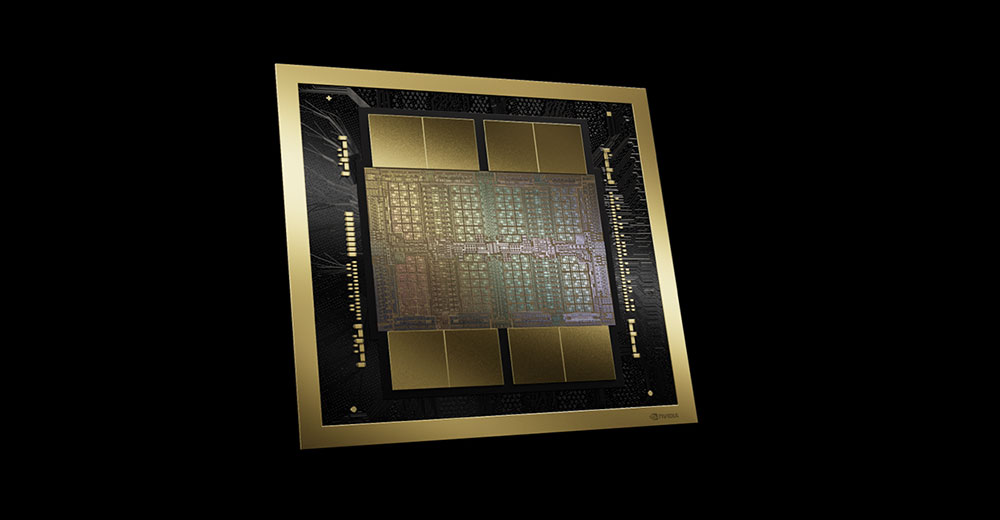
Driverless cars might be making more of an appearance on California roads, thanks to a bill signed this week that sets safety and performance guidelines for advancing autonomous vehicles in the state.
Gov. Jerry Brown and the bill’s sponsor, Sen. Alex Padilla, joined Google cofounder Sergey Brin at the company’s Mountain View headquarters to sign the legislation.
Google has been testing and tweaking autonomous vehicle technology for about two years, and was one of the strongest backers of the new California bill. Gathering a team of engineers from around the country, the search engine giant said its autonomous cars have traversed California landmarks such as Hollywood Boulevard and the Golden Gate Bridge.
The new law also places an emphasis on safety standards, ensuring that for now a bonded operator is in the driver’s seat of a testing vehicle in case they need to take over driving responsibilities. It also mandates that the DMV adopt regulations for licensing, testing and operating autonomous vehicles.
The new bill could help extend transportation needs to those who were underserved, such as the elderly or intoxicated, and California, being at the “forefront of technology,” was the perfect place for such legislation, Brown said.
Keeping Drivers Safe
Google, which has long championed the technology, is working on ways to make roads safer. While a car without a driver in the front seat might not scream safety to the average consumer, this newest brand of smart car could significantly reduce traffic accidents, said Shuo Pang, associate professor in the department of systems engineering at Embry-Riddle Aeronautical University in Daytona Beach, Fla.
“The biggest advantage of a driverless car is safety,” Pang told TechNewsWorld. “According to statistics, each year about 1.2 million people died of traffic accidents worldwide, most of which are often caused by driver fatigue and the inability to concentrate. The driverless car can effectively avoid the driver-caused accident due to fatigue and other abnormal behaviors.”
In addition to eliminating human conditions such as fatigue or distraction, an autonomous vehicle also has a much better response time than the average human, said Pang.
“When there is an emergency situation where a driver needs to brake, the reaction speed of the driverless car can be as small as 40 milliseconds, while human beings will take at least 500 milliseconds,” he said.
Google, along with researchers at the University of Texas in Austin, have also found that autonomous vehicles could significantly reduce carbon emissions and could cut down on fuel dependency.
“They will also lead to much greater fuel efficiency due to smoother driving with less stopping and starting, and by supporting methods for dramatic reductions in congestion,”
Peter Stone, professor in the department of computer science at the University of Texas at Austin, told TechNewsWorld.
Coming Soon to a Highway Near You?
Despite the clear safety advantages and fully functioning technology, however, putting a fleet of driverless cars on the road will be a long process. In addition to sky-high costs (sometimes upwards of US$300,000 for one vehicle) and the lack of testing that has been available, the autonomous vehicle begs thousands of legal questions that never had to be asked before.
“I believe liability will be a big impediment to these vehicles,” Gary Marchant, professor of science and innovation law at Arizona State University, told TechNewsWorld. “When, as is inevitable, something goes wrong, the autonomous vehicle manufacturer is likely to be found at fault. If this liability is excessive (for example, punitive damanges), it may deter vehicle manufacturers from going forward with these safer vehicles.”
Still, major innovators, engineers and automobile manufacturers are constantly working towards at least some aspects of autonomous technology, said Stone, making a driverless future a distant possibility.
“In a sense, all large automobile manufacturers are working on it actively. In practice, autonomy will probably be something that happens gradually, starting with things that already exist in all cars like cruise control, and moving towards parking automation, lane departure warning systems, etc., until it’s just a matter of flipping a switch to go fully autonomous,” said Stone.






















































Still trying to figure out why we need driverless cars? Can anybody figure that out? For one thing not many of us would feel comfortable having a system like Google’s drive us around. Its one of those cases where just because we can do it does not mean we want it.